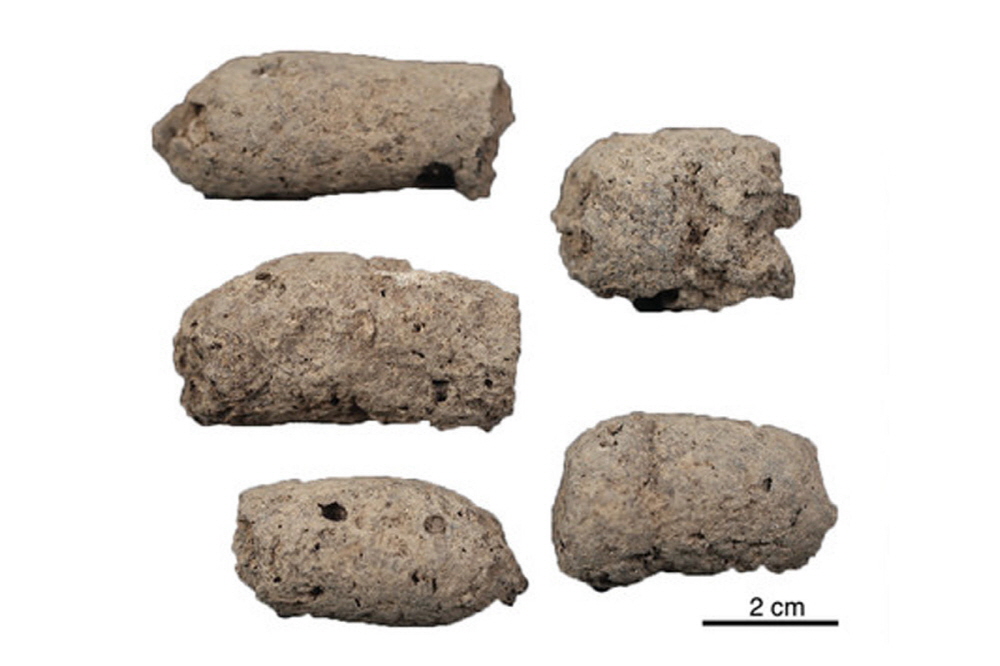
Germany’s Max Planck Institute has developed CoproID, a new technology that can determine whether an analysis (coprolite) is a human or a dog.
The analysis of the ancients is an important clue to the diet and health of people at the time. However, among other animals, it was difficult for researchers to distinguish because it was similar in size and shape to that of dogs. Usually, simply looking at the DNA included in the analysis reveals who the owner is, but it is thought that dogs were placed on the table of ancient people relatively often, and it is highly likely that DNA of both humans and dogs could be detected with a simple test. Some dogs have the habit of putting the excrement of a person off the ground, making it difficult to determine the source of the analysis.
However, hairy lumps, clothing, and debris are often included in dog feces, and certain parasites and pinworms (Enterobius vermicularis) are contained only in human feces.
According to a paper published in the scientific journal PeerJ, the research team uses open source machine learning software to learn DNA and intestinal bacteria included in the analysis, using an AI called CoproID to measure the agreement between past analysis results and modern people. They reported that they can be identified with a high probability, confirmed by analysis.
Specifically, it was confirmed that 7 out of 13 samples were clearly analyzed, and 3 microorganisms were not sufficiently detected for 6, and the remaining 3 were all collected from prehistoric relics and contained a lot of dog DNA, but microorganisms that normally exist in humans. It was also a peculiar thing with academic characteristics. It seems likely that such a mystery sample was immediately after eating a dog. Of course, it is said that further research on the proportion of DNA in food just before it is actually included in human waste is necessary to determine this.
The research team also revealed that the findings in this study may contain surprisingly large amounts of dog dung among the samples remaining from archaeological records.
The accuracy of Copro ID will increase as you learn through analysis of humans and dogs. In the future, the research team is expected to help identify sample sources in geographic and historical studies. Related information can be found here .


















Add comment